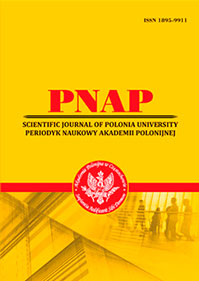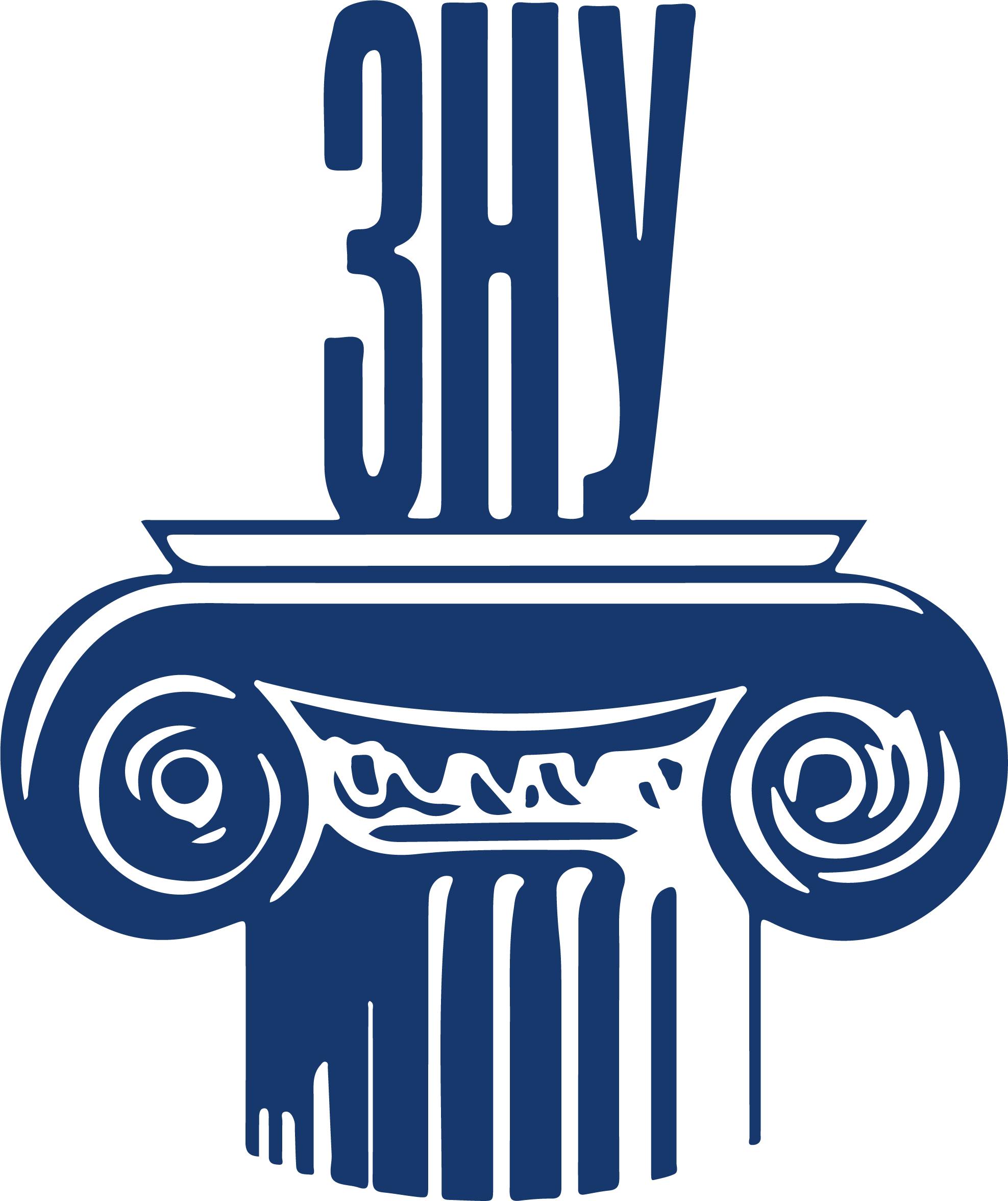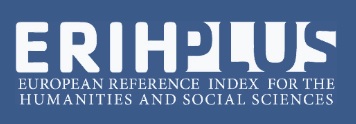VERBALIZATION OF THE “HARMONIOUS SOCIETY” CONCEPT (和谐社会) IN THE CONTEMPORARY POLITICAL DISCOURSE OF CHINA
Abstract
The article offers a comprehensive analysis of the verbalization of the concept of a “harmonious society” (和谐社会) in contemporary Chinese political discourse from 2000 to 2024, which serves as a core element of the ideological model of the PRC and a key instrument for shaping public perceptions of stability and order. The study is based on a corpus analysis of Chinese- and English-language materials from official media (People’s Daily, Xinhua, China Daily, Global Times) combined with critical discourse analysis, quantitative methods for measuring frequency and collocations, and contextual analysis of semantic oppositions. The research identifies lexical, syntactic, semantic, and pragmatic strategies for representing the concept in party documents, leadership speeches, newspaper publications, and online discourse, including elements of internet slang. It traces the diachronic evolution of the concept – from an instrument of domestic stabilization and legitimacy during Hu Jintao’s tenure to the globalized rhetoric of the “community of a shared future for mankind” (人类命运共同体) in Xi Jinping’s era. Semantic oppositions (harmony/ chaos, stability/division, unity/separatism) and the mechanisms of their use in constructing a binary “us/them” worldview are examined. The article also analyzes censorship and euphemization strategies, including protest neologisms (“to be harmonized” – 被和谐, the homonym 河蟹) as indicators of an ironic public reception of official rhetoric. A three-level typology of the discursive evolution (national – transitional – global) is proposed, and the mechanisms for adapting the concept to different communicative arenas are outlined. The study’s novelty lies in combining corpus and linguocultural approaches, which made it possible to identify stable models of verbalizing harmony and to trace their transfer from the domestic political sphere into the PRC’s foreign policy discourse, as well as to determine their potential as a tool for shaping the country’s positive international image. The findings can be used for further research into authoritarian rhetorical strategies and mechanisms of discursive legitimation in a comparative context.
References
2. Офіційний сайт Міністерства закордонних справ Китайської Народної Республіки. The Chinese Dream Is a Dream of the People. 06.06.2024. URL: https://www.mfa.gov.cn/eng/zy/jj/zggcddwjw100ggs/xsd/202406/t20240606_11377988.html (дата звернення: 16.06.2025).
3. Рішення Центрального Комітету Комуністичної партії Китаю щодо побудови соціалістичного гармонійного суспільства. Бюлетень Державної ради КНР (Gazette of the State Council of the PRC). 2006. № 39. URL: https://www.gov.cn/gongbao/content/2006/content_453176.htm (дата звернення: 11.06.2025).
4. Alvaro J.J. Analysing China’s English-language media. World Englishes. 2015. URL: https://doi.org/10.1111/weng.12137 (дата звернення: 10.06.2025).
5. Bajčić M. New Insights into the Semantics of Legal Concepts and the Legal Dictionary. Amsterdam–Philadelphia : John Benjamins Publishing, 2017. 236 p.
6. Barmé G.R. New China Newspeak: Xinhua Wenti. China Heritage Quarterly. 2012. No. 29. URL: http://www.chinaheritagequarterly.org/glossary.php?searchterm=029_xinhua.inc&issue=029 (дата звернення: 11.06.2025).
7. Callahan W.A. (2016). China’s “Asia Dream”: The Belt Road Initiative and the new regional order. Asian Journal of Comparative Politics, 1(3), 226–243.DOI: 10.1177/2057891116647806.
8. De la Rasilla I., Hao Y. Community of Shared Future for Mankind and International Law. The Cambridge Handbook of China and International Law. URL: https://www.cam-bridge.org/core/books/abs/cambridge-hand- book-of-china-and-international-law/community-of-shared-future-for-mankind-and-international-law/2E3986FF0D8A7DE136B379D-C7DBC5381 (дата звернення: 12.06.2025).
9. Delury J. Harmonious World and China’s New Foreign Policy. The China Quarterly. 2008. No. 193. Pp. 1–20.
10. Guo Y., Li T. Research on Supply Side Structural Reform in China from the Perspective of Multiple Streams Theory. Beijing : Beijing Normal University.
11. Joshi D.K. Does China’s Harmonious Society Discourse Reflect a Shift towards Human Development? Journal of Political Ideologies. 2012. Vol. 17, No. 2. Pp. 169–187. DOI: https://doi.org/ 10.1080/13569317.2012.676859.
12. Khan U., Wang H., Ali I. A Sustainable Community of Shared Future for Mankind: Origin, Evolution and Philosophical Foundation. Sustainability. 2021. Vol. 13, No. 18.
13. Liu H. Interpretation on the Cultural Factors of Harmony in Contemporary Chinese Political Discourses. Sinología hispánica. China Studies Review. 2015. Vol. 1, No. 1. Pp. 47–58. DOI: https://doi.org/10.18002/sin.v1i1.5181.
14. Marinelli M. Introduction: Ideology, Propaganda, and Politics in Xi Jinping’s Era. In: Cao Q., Tian H., Chilton P. (Eds.). Discourse, Politics and Media in Contemporary China. Amsterdam : John Benjamins, 2014. ISBN: 9789027206459.
15. Nordin A., Richaud L. Subverting Official Language and Discourse in China? The Emergence of the “River Crab”. China Information. 2014. Vol. 28, No. 1. Pp. 47–67. DOI: https://doi.org/10.1177/0920203X14524687.
16. Rošker J.S. The Concept of Harmony in Con- temporary China and in Modern Confucianism. Asian Studies. 2013. Vol. 1, No. 2. Pp. 3–20. DOI: https://doi.org/10.4312/as.2013.1.2.3-20.
17. Zheng Y., Tok S.K. Harmonious Society and Harmonious World: China’s Policy Discourse under Hu Jintao. China Policy Institute Briefing Series. 2007. Issue 26. Nottingham : University of Nottingham. 12 p.

This work is licensed under a Creative Commons Attribution 4.0 International License.
 ISSN
ISSN 


.png)




